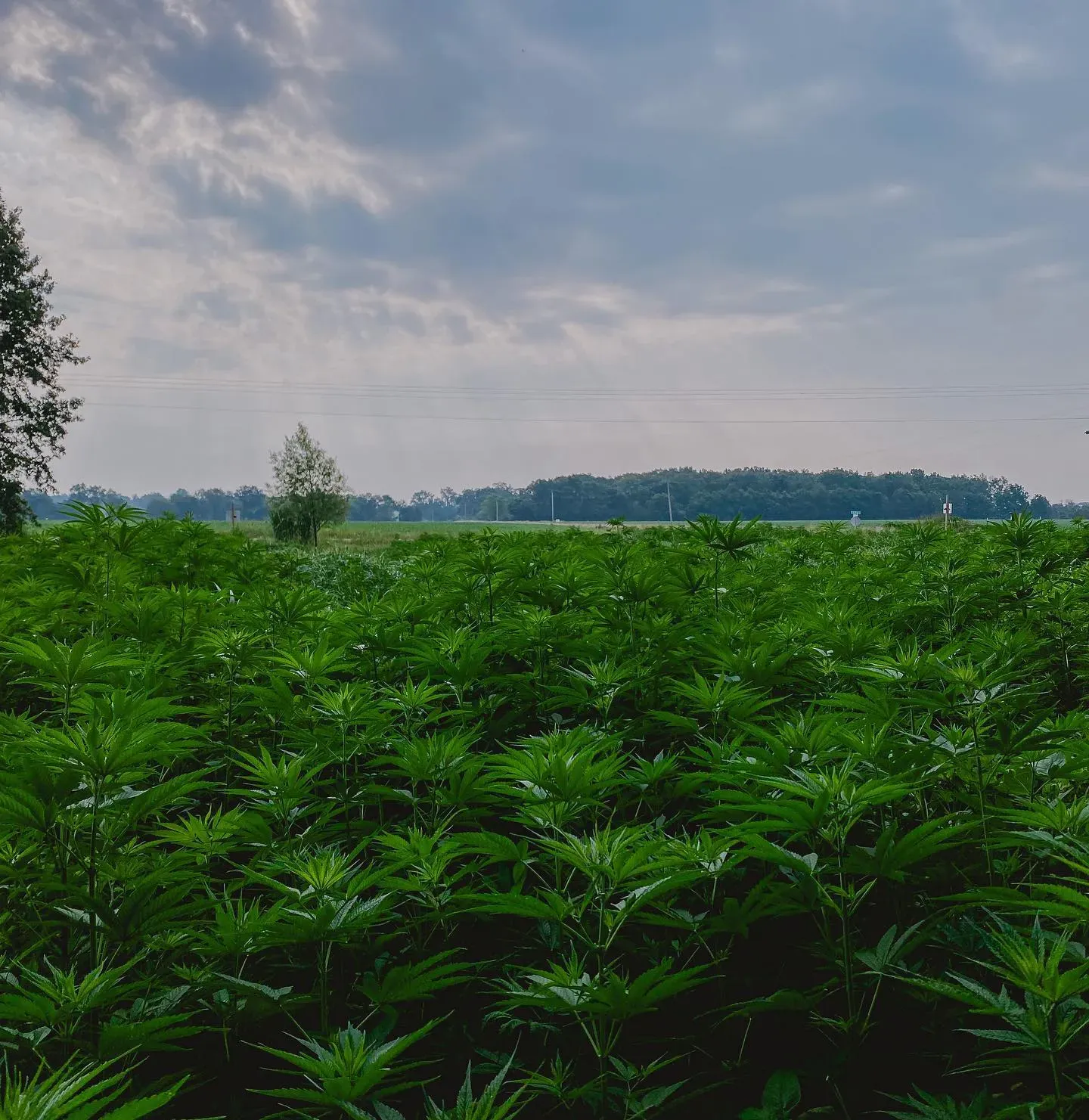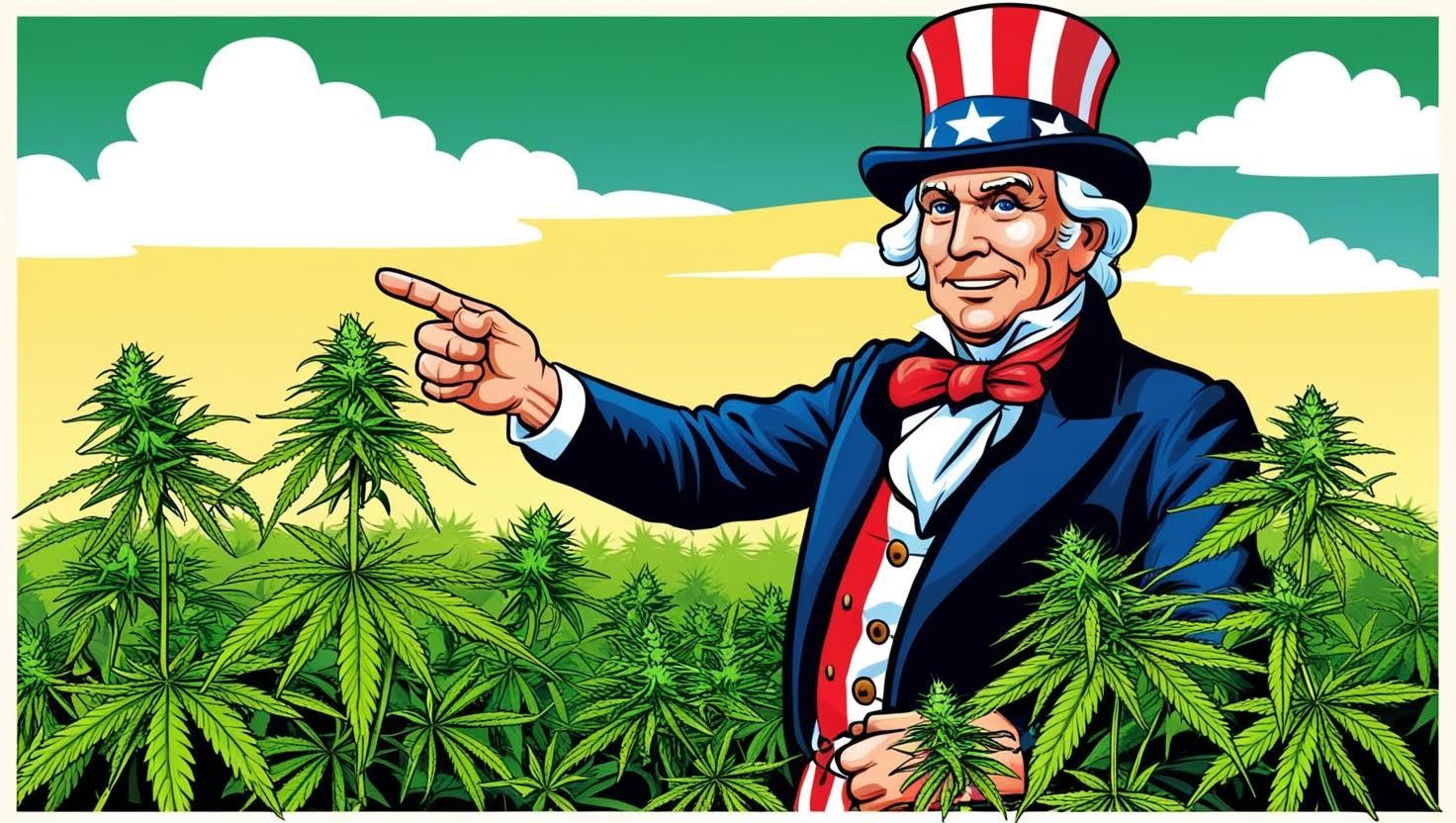The History of Hemp
The History of Hemp
Hemp is a versatile crop that has been cultivated and used by humans for thousands of years. The plant, scientifically known as Cannabis sativa, has been grown for its fiber, seeds, and medicinal properties throughout history. Hemp is one of the oldest crops known to man, and its use can be traced back to ancient civilizations like China, India, and Egypt.
Early History
The use of hemp dates back to ancient civilizations, where it was used for various purposes. The Chinese were the first to use hemp for textile production around 2800 BCE. The fiber was used to make clothing, paper, and fishing nets. In ancient India, hemp was used as medicine and was a key ingredient in Ayurvedic medicine. Hemp was also used to make paper in ancient Egypt and was used to make clothing and other textiles in Europe during the Middle Ages.
In the United States, hemp was introduced in the 17th century by the English and used for a variety of purposes, including rope, paper, and textiles. Hemp was considered a valuable commodity in colonial America, and many farmers were required to grow it.
Industrial Revolution
Hemp played a significant role during the Industrial Revolution. The fiber was used to make a variety of products, including rope, paper, and textiles. The invention of the cotton gin in the early 19th century caused a decline in the demand for hemp, but it remained an important crop in the United States until the early 20th century.
In the early 1900s, the U.S. government began to demonize hemp due to its association with marijuana, which is also derived from the cannabis plant. The government launched a campaign to discourage the use of hemp, and it was eventually banned in 1937 with the passage of the Marihuana Tax Act.
Modern Era:
The 2018 Farm Bill, officially known as the Agricultural Improvement Act of 2018, legalized the cultivation, production, and sale of hemp in the United States. This bill was a significant step forward for the hemp industry, as it removed hemp from the list of controlled substances and made it a legal agricultural commodity.
Prior to the passage of the 2018 Farm Bill, hemp was classified as a Schedule I controlled substance under the Controlled Substances Act of 1970. This classification meant that hemp was illegal to grow or possess, despite the fact that it is a non-psychoactive plant that is used for a variety of purposes, including fiber, food, and medicine.
The 2018 Farm Bill changed this by redefining hemp as a cannabis plant that contains less than 0.3% THC, the psychoactive compound that produces the "high" associated with marijuana. This definition effectively removed hemp from the list of controlled substances and made it a legal crop for farmers to grow.
The legalization of hemp has had a significant impact on the hemp industry, which has seen a surge in demand for hemp-derived products such as CBD oil, hemp textiles, and hemp-based food products. The hemp industry is expected to continue to grow in the coming years, with some experts predicting that the market for hemp-based products could reach $20 billion by 2025.
Conclusion
Hemp has a rich history that spans thousands of years. The plant has been used for a variety of purposes, including medicine, textiles, and paper. Despite its association with marijuana, hemp has many benefits and is now legal to grow and use in many parts of the world. With the continued research and development of new hemp-based products, it is likely that hemp will continue to play an important role in our lives for many years to come.

















